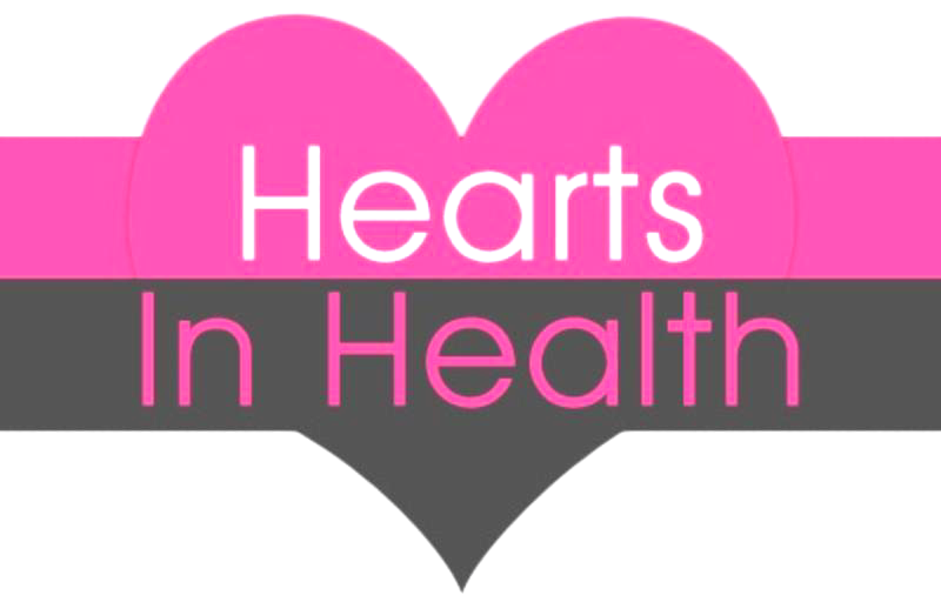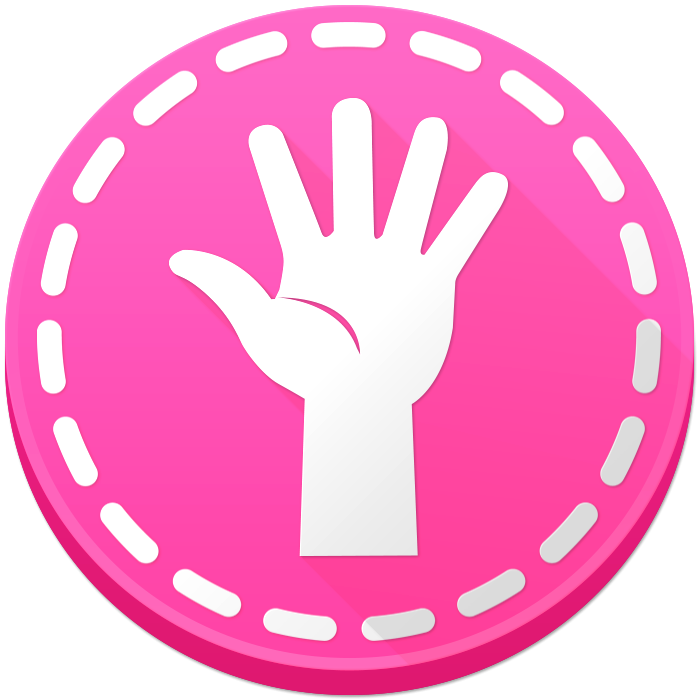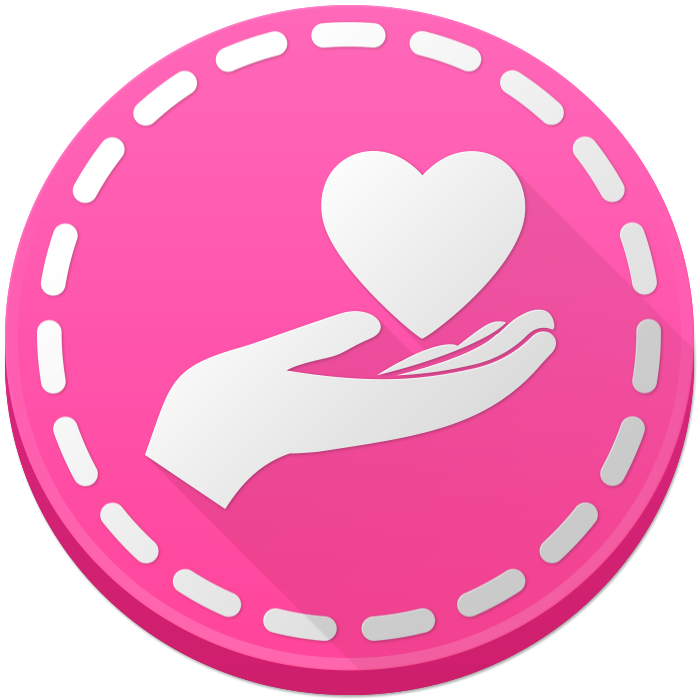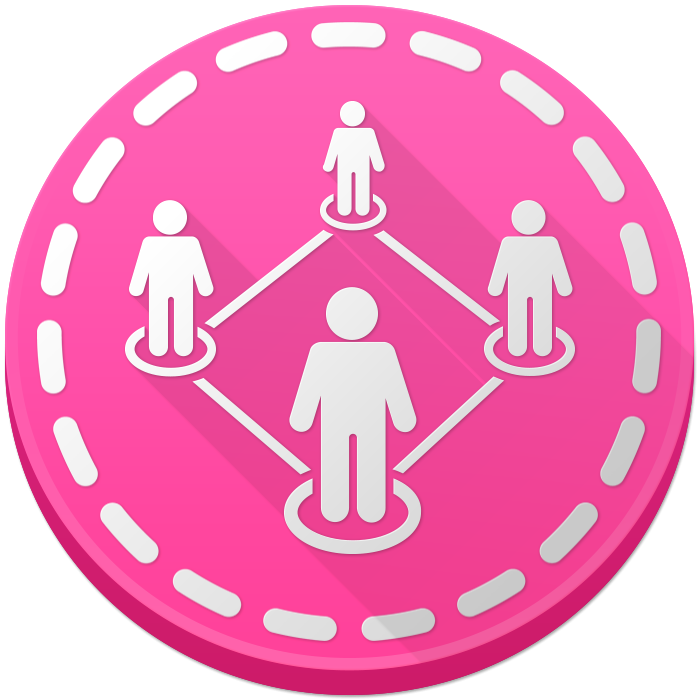Art and Flow
by Bivi Franco on 02/02/15
We know the power of chemotherapy to help heal and fight illness, and we know the power of radiation and other medicinal treatments. But have we ever really considered the power of the brain to heal? More and more research is emerging that shows the correlation between elevated emotional, mental and physical health and regular engagement of the mind in creative activities. While participating in creative activities such as painting, writing, or in Feel Beautiful Today’s case, making jewelry, patients experience the phenomenon of flow. It is this experience of flow that physiologically changes the way the brain and the body experience the world and how the patient views his or herself and the perspective illness.
So what is flow? According to Csikszentmihalyi, flow is “the state in which people experience deep feelings of gratification and elation in response to engagement in highly desired activities” (Gutman 75). When people experience flow, they become completely engrossed in the activity, become one with the activity, lose sense of time and their worries, and experience deep satisfaction in the completion of the task (75). This momentary break from a patient’s illness allows for true respite and revitalization and, according to Gutman and Schindler, may “[result] from activation of the brain’s reward system and increased levels of dopamine” (76). Increased dopamine means a happier patient. If a patient can learn to incorporate activities that create the experience of flow, he or she then has a way of dealing with physical pain as well as a healthy escape from mental and emotional pain.
Another added benefit of the flow experience is that it evokes the relaxation response (78). According to Herbert Benson, characteristics of an activity that create the relaxation response include a quiet environment, the requirement to focus on a repetitive task, an ability to facilitate inward concentration, and encouragement to forget present worries (78). Like the experience of flow releases dopamine, it is also believed that the relaxation response might too elicit a reaction from the reward center of the brain. This release of dopamine is not, however, the only physiological advantage of participating in creative activities.
When patients participate in activities such as solving puzzles, categorization and sequencing, games that require analysis, or, in the case of Feel Beautiful Today’s jewelry-making workshops, putting beads in the order of the picture they see on a card, they are using the left hemisphere of their brain, the side of the brain “associated with elevated mood and feelings of emotional well-being” (79). Studies seem to show that by exercising use of the left hemisphere of the brain promotes greater mental and emotional health, whereas “right hemisphere activation is correlated with depressed mood and pessimism” (79). Just like exercising muscles is imperative for physical health, exercising the part of the brain that releases chemicals known to improve mood and increase the drive to survive is just as vital.
We at Feel Beautiful Today believe in the power of flow and engaging in the creative arts. Patients who participate in our programs do get lost in the activities we provide, and we see the satisfaction personally on each face that has just completed what quite possibly seemed like an impossible task. We are honored that for just a moment, we can provide a time and space for everything else to fall away and a special moment of peace and calm to be experienced.
For more information on our workshops for patients, please visit www.feelbeautifultoday.org or follow us on http://facebook.com/feelbeautifultoday.
References:
Gutman, SA, and VP Schindler. "The Neurological Basis Of Occupation." Occupational Therapy International 14.2 (2007): 71-85. CINAHL Plus with Full Text. Web. 24 Jan. 2015.




